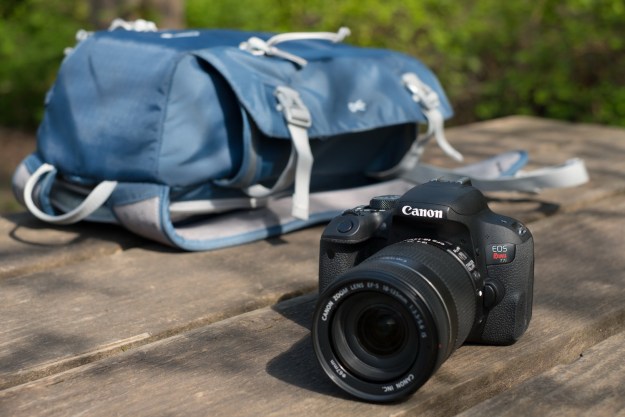The drone isn’t built by Canon — the company announced last September an investment in the Japanese industrial drone company Prodrone Co. that would allow the imaging company to supply their cameras and use their branding and distribution networks to sell the drone. According to the report, Canon hopes to sell 5 billion yen worth of drones, or about $4.5 million, by 2020.
The drone looks like an update of Prodrone’s PD6-AW, which is an all-weather drone that can handle a 22-pound payload. Paired with Canon’s camera that’s capable of seeing in the dark, the system could be a serious tool for search-and-rescue applications, since both weather and low light tend to be difficult scenarios for a drone to both fly and record in. Even by starlight, Canon Japan says the camera will be able to recognize the shape of a subject.
The drone is also expected to use a two-axis gimbal to reduce blur by correcting for pitch-and-roll movement.
Canon hasn’t announced a price for the drone, but Canon Rumors is suggesting a $20,000 price tag. The low-light camera by itself is $20,000, so if rumors prove true, the entire outfit would cost $40,000, a hefty price even for industrial-grade drones.
With some big drone sales goals for the next three years, the CJ1 could be the first of several. Prodrone, as the name suggests, is a company focusing on commercial drones, however, so the launch of a consumer-grade drone like the GoPro Karma or DJI Mavric would come as a surprise.



